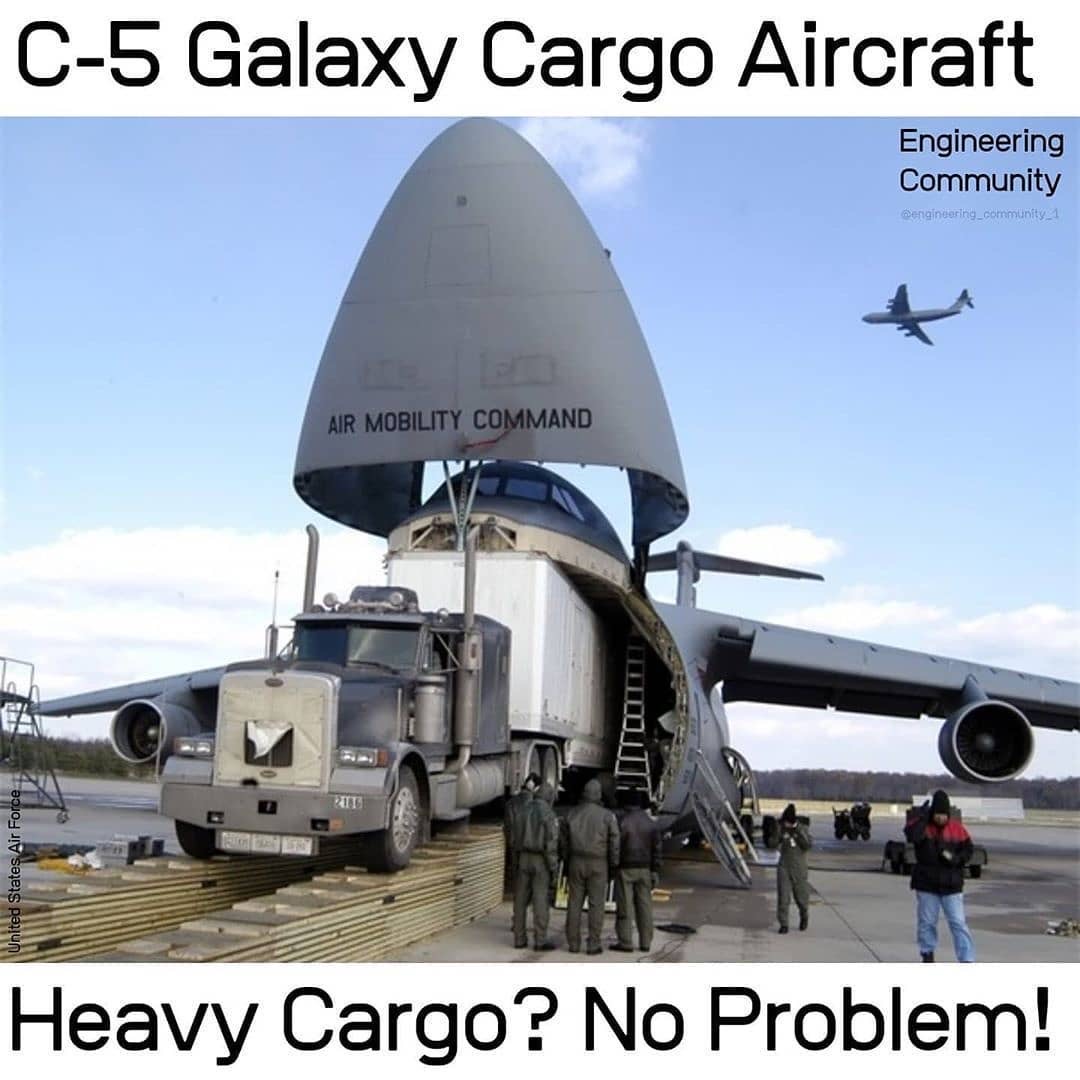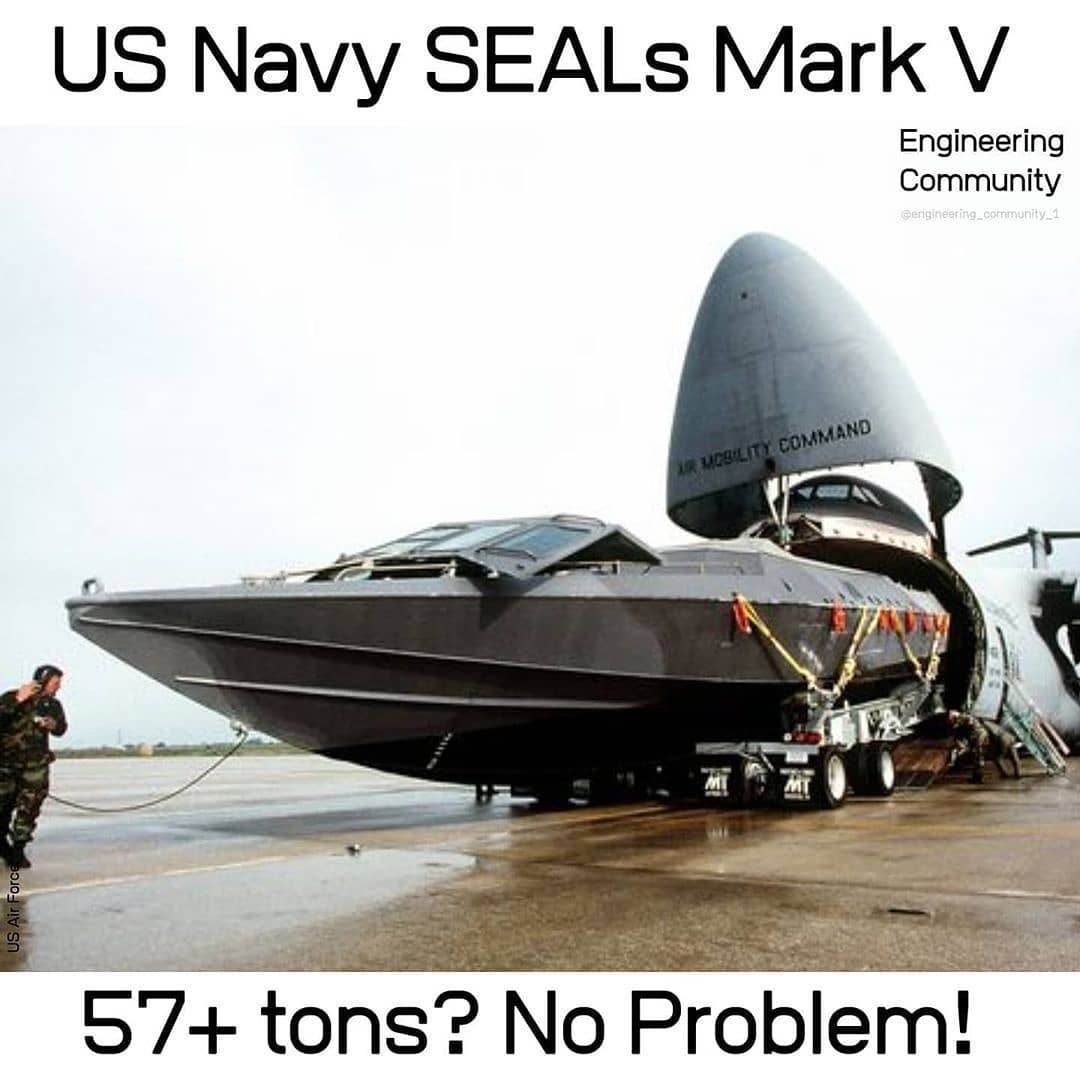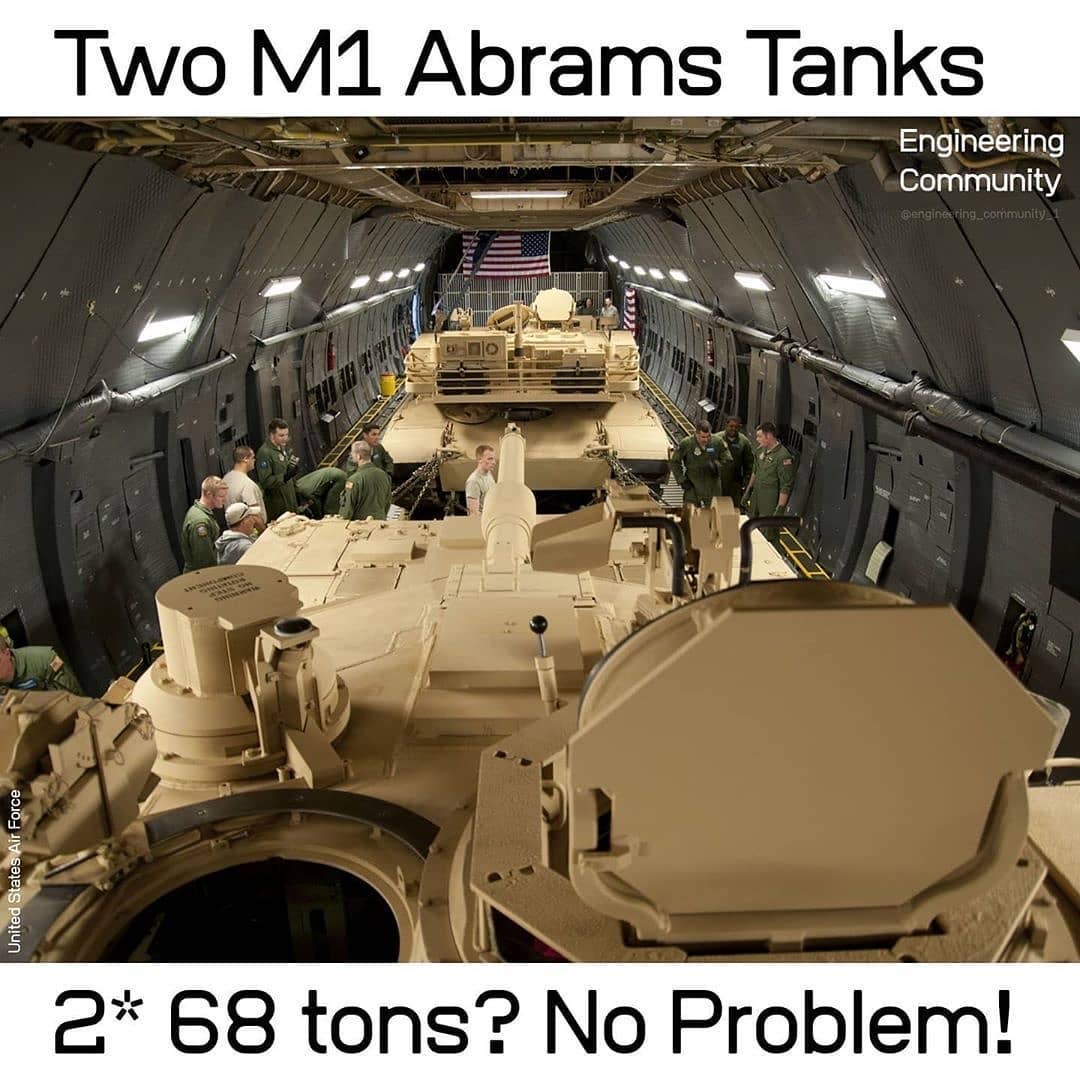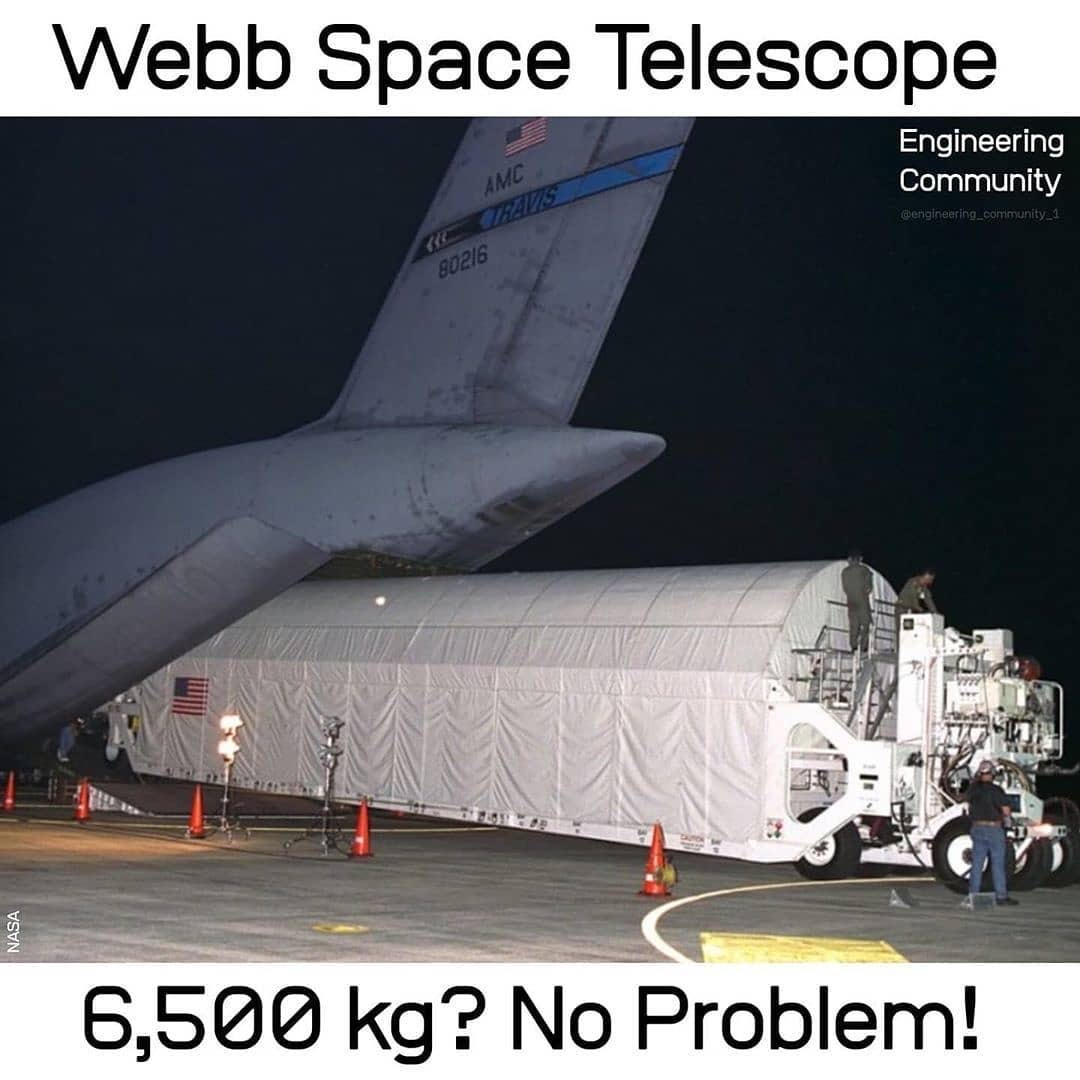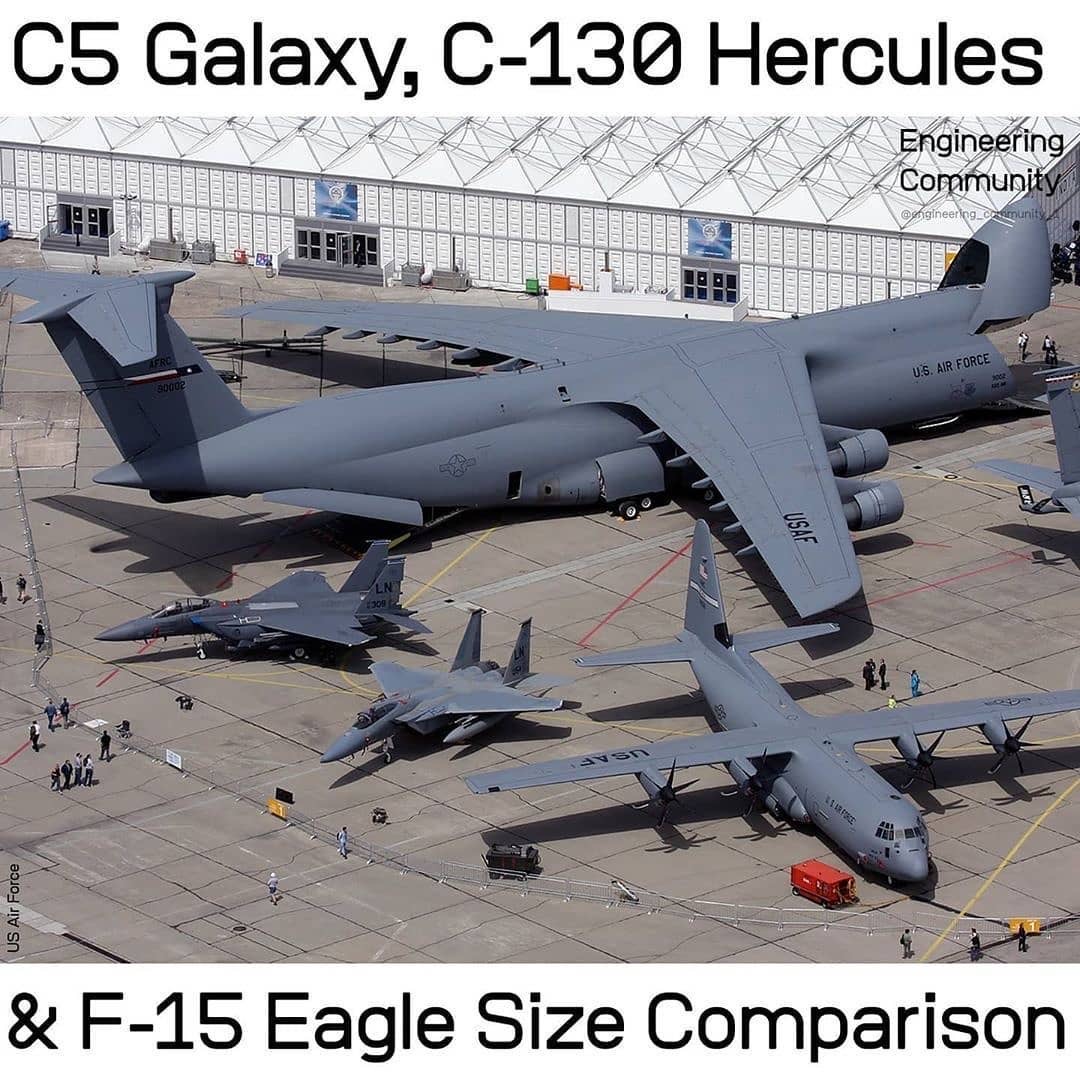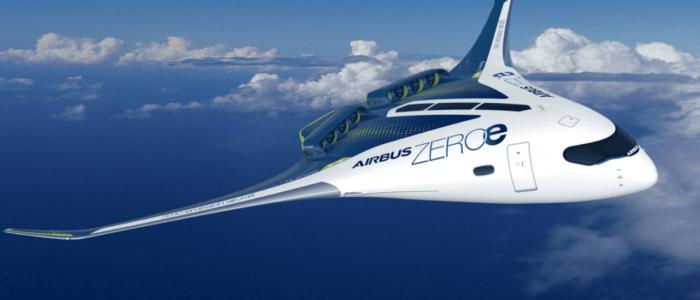
Airbus Aims To Be First To Market With Zero-Emissions Aircraft
European aircraft manufacturer, Airbus, has developed several concept designs for zero-emission commercial aircraft powered by hydrogen. The concept designs are codenamed ZEROe. According to IATA, commercial aircraft produce up to 3 percent of worldwide carbon emissions. The industry has set ambitious goals to reduce the impact of commercial aviation on climate change such as a 50% reduction of carbon emissions by 2050. The zero-emission aircraft are likely to revolutionize the air transport industry.
Read about these concept aircraft at:
https://www.aviationtoday.com/2020/09/23/new-zero-emission-commercial-aircraft-designs-unveiled-airbus/
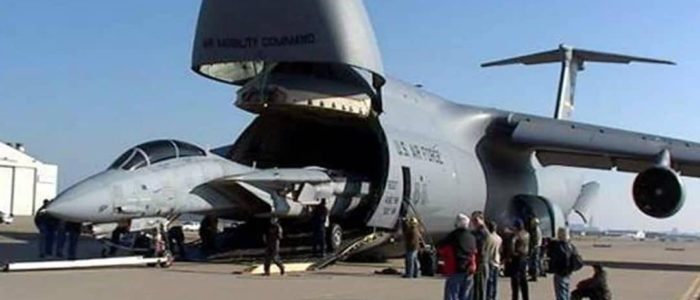
Galaxy C5 Cargo Aircraft Transports Massive Military Equipment
The US Air Force uses one of the largest aircraft in the world for intercontinental transport of massive pieces of military equipment such as jet fighters, helicopters, tanks and trailers. The only aircraft that rivals the Galaxy’s airlift capacity is the Russian Antonov which is chartered out for civilian transport of oversize cargo that cannot fit on conventional freighter aircraft. Although the Antonov carries more cargo, the Galaxy has more modern avionics and aerial refueling capacity.
(Photos from @aero.sonicboom on Instagram)
